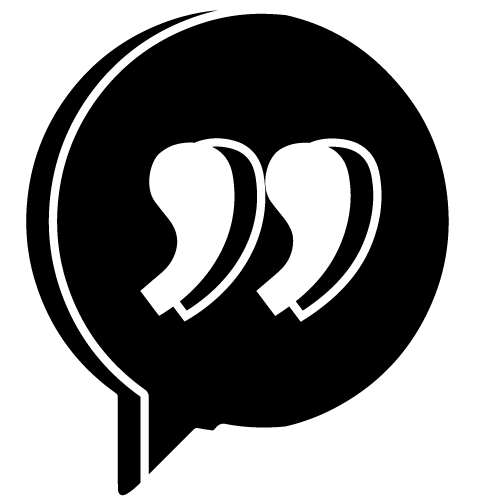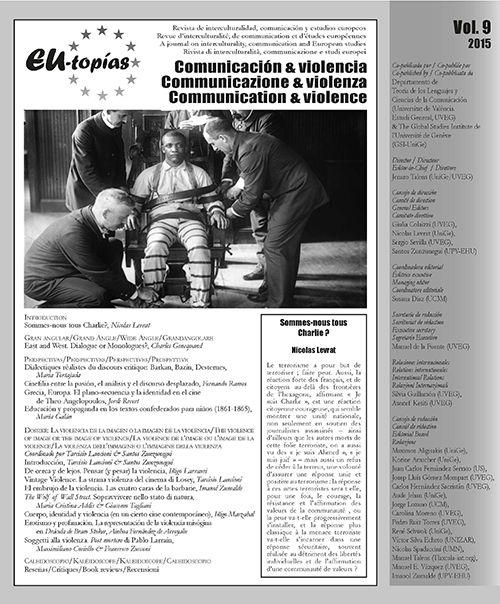Educación y propaganda en los textos confederados para niños (1861-1865)
DOI:
https://doi.org/10.7203/eutopias.0.18747Keywords:
Propaganda, education, text book, children’s literature, American Civil War, Confederacy, ideology Abstract
Abstract
Texts intended for children have traditionally played a decisive role in forming the youngest minds, being often used as reinforcement for the propaganda oriented to adults. The Confederacy, in the pro- cess of building a new national identity, was aware of this influencing power. The present work analyzes what ideas used by Confederate propaganda appeared in texts addressed to children; it points which ones were aimed to the education of future citizens and which ones were meant to act as reinforcement of Confederate propaganda dis- course; what issues followed a similar line in both discourses, the one for children and the one for adults (as in the patriotic exaltation of the nation), and in which ones there was a certain breakup (defense of slavery).
 Downloads
Downloads
 References
References
Andrews, J. Cutler (1970), The South Reports the Civil War, Princeton: Princeton Universy Press.
Convention of Teachers of the Confederate states (1863), Proceedings of the Convention of Teachers of the Confederate States, Assembled at Columbia, South Carolina, April 28th, 1863, Macon: Burke, Boykin & Co., Steam Book and Job Printers.
Blackwell, Robert (1861), Original Acrostics on All the States and Presidents of the United States, and Various Other Subjects, Religious, Political, and Personal. Illustra- ted with Portratis of All the Presidents, and Engravings of Various Other Kinds [http://docsouth.unc.edu/imls/ blackwell/blackwell.html] (consulta: 21-06-2014).
Branson, Levi (1863), First Book in Composition. Applying the Principles of Grammar to the Art of Composing. Also, Giving Full Directions for Punctuation; Especially Designed for the Use of Southern School, Raleigh: Branson, Farrar & Co.
Campbell, William A. & dunn, William R. J. (1864), The Child’s First Book, Richmond: Ayres & Wade.
Chaudron, Adelaide de Vendel (1864), The Third Reader, Designed for the Use of Primary Schools, Mobile: W. G. Clark.
Crandall, Marjorie Lyle (1955), Confederate Imprints: A Check List Based Principally on the Collection of the Boston Athenaeum, Portland, Maine: The Anthoensen Press.
Davis, Jefferson (1861), Jefferson Davis’ First Inaugural Address [https://jeffersondavis.rice.edu/Content. aspx?id=88] (consulta: 15-07-2014).
— (1862), Jefferson Davis’ Second Inaugural Address [https:// jeffersondavis.rice.edu/Content.aspx?id=107] (con- sulta: 15-07-2014).
Faust, Drew Gilpin (1988), The Creation of Confederate Nationalism: Ideology and Identity in the Civil War South, Baton Rouge: Louisiana State University Press.
Harwell, Richard (1957), More Confederate Imprints: Supplement to Confederate Imprints, A Check List Based Principally on the Collection of the Boston Athenaeum, by Marjorie Lyle Crandall, Richmond: Virginia State Library.
Kelly, R. Gordon (1973), «American Children’s Literature: An Historiographical Review», American Literary Realism, 6 (2), pp. 89-107.
Kennerly, Sarah Law (1956), Confederate Juvenile Imprints: Children’s Books and Periodicals Published in the Confederate States of America 1861-1865, University of Michigan [tesis doctoral].
Knight, Edgar W. (1947), «An Early Case of Opposition in the South to Northern Textbooks», Journal of Southern History, 13, pp. 245-264.
Kopp, Laura Elizabeth (2009), Teaching the Confederacy, University of Maryland, College Park [tesis docto- ral].
Marten, James (1998), The Children’s Civil War, Chapel Hill: University of North Carolina Press.
Moore, Marinda Branson (1863), The First Dixie Reader: Designed to Follow the Dixie Primer, Raleigh: Branson, Farrar & Co.
— (1863), The Geographical Reader for the Dixie Children, Raleigh: Branson, Farrar & Co. Publishers.
Parrish, T. Michael & willinGhAm, Robert Marion Jr. (1987), Confederate Imprints. A Bibliography of Southern Publications from Secession to Surrender, Austin: Jenkins Publishing Co.
Shepperson, William G. (1862), War Songs of the South, Richmond: West & Johnston.
Smith, R. M. (1864), The Confederate First Reader: Containing Selections in Prose and Poetry, as Reading Exercises for the Younger Children in the Schools and Families of the Confederate States, Richmond: G. L. Bidgood.
Sterling, Richard & Campbell, J. D. (1862), Our Own Third Reader: For the Use of Schools and Families, Greensborough: Sterling, Campbell, and Albright.
Stewart, Rev. K. J. (1864), A Geography for Beginners, Richmond: J. W. Randoplph.
Thomas, Emory M. (2011), The Confederate Nation 1861- 1865, Nueva York: Harper Perennial.
Wiley, Calvin H. (1861), Address to the People of North Carolina (speech given at the Confederence of Teachers and Friends of Education, Raleigh, N.C.) [http://docsouth. unc.edu/imls/confteach/confteach.html] (consulta: 14-07-2014).
Downloads
Published
How to Cite
-
Abstract628
-
PDF (Español)84
Issue
Section
License
![]()
The authors conserve the copyright. All content published in EU-topías. Journal of interculturality, Communication, and European Studies are subject to the license Creative Commons Attribution-NonCommercial-ShareAlike 4.0 license. The full text of the license can be found at <http://creativecommons.org/licenses/by-nc-sa/4.0>
They may be copied, used, disseminated, transmitted and publicly displayed, provided that:
- The authorship and original source of the publication is cited (journal, publisher and URL of the work).
- They are not used for commercial purposes.
- The existence and specifications of this license of use are mentioned.
It is the responsibility of the authors to obtain the necessary permissions for images that are subject to copyright.




